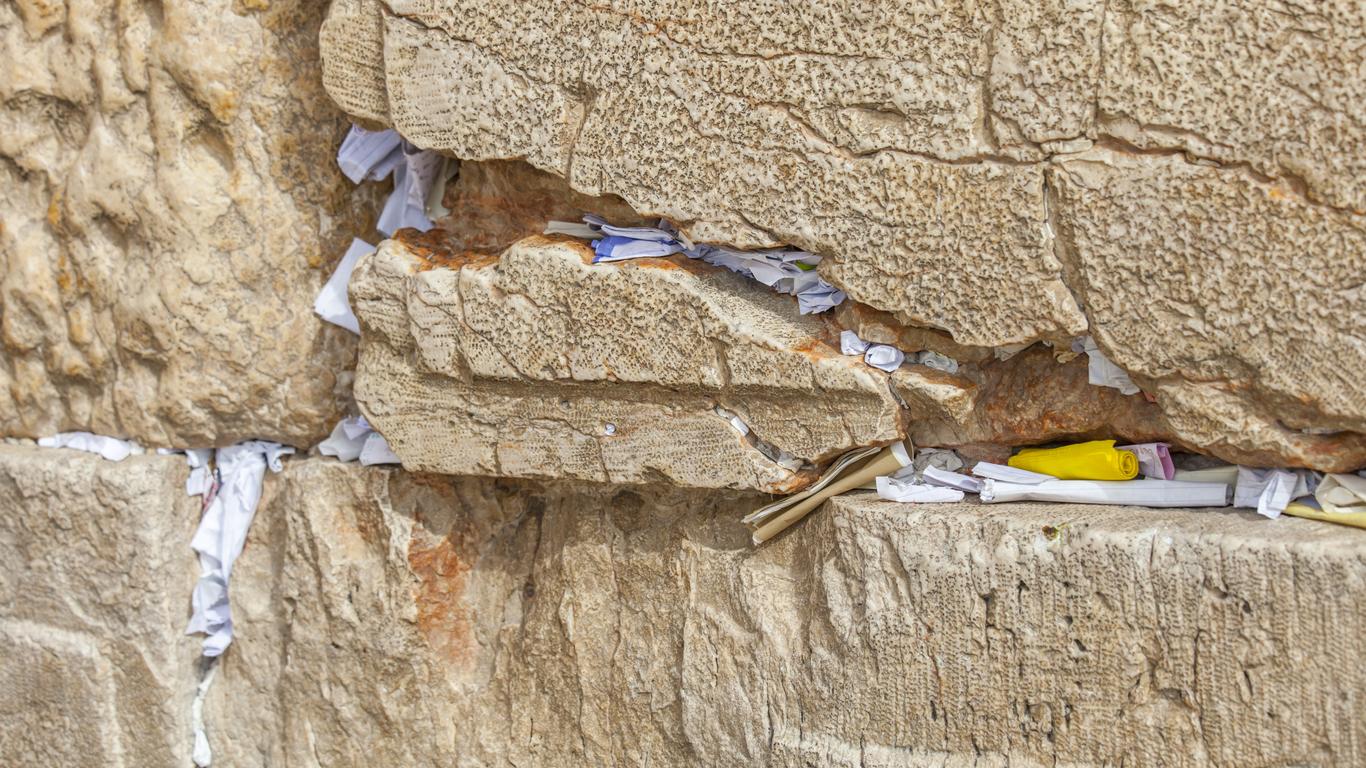Surrounded by towering 16th century Ottoman city walls, Jerusalem’s Old City is steeped in both historical and spiritual significance. Religious or not, most visitors feel the magic of the walled city from the moment they pass through its walls. Narrow alleyways wind their way through the Old City, lined with colourful markets, sizzling street vendors and hole-in-the-wall stores.
It’s considered the heart of the city and is culturally divided into four districts, the Muslim Quarter, the Jewish Quarter, the Armenian Quarter and the Christian Quarter. Inside are more than 220 historic monuments, with the gleaming Dome of the Rock Islamic shrine dominating the Old City skyline.
Eight gates lead into Jerusalem’s Old City, with the wall stretching for more than 4 kilometres. Visitors should note that due to the narrow streets and multitude of steps, the majority of the Old City is only accessible by foot. This layout isn’t a major inconvenience, as the pint-sized area measures just one-kilometre in width.
Ancient by definition, Jerusalem’s Old City dates back more than 3,000 years. Over the millennia, it’s been glorified by kings, pilgrims and Prime Ministers alike. Street plans have been traced to Byzantine times, when the Old City was considered the crossroad of three continents, including Europe, Asia and Africa. As a result, Jerusalem is one of history’s most fought over cities.





